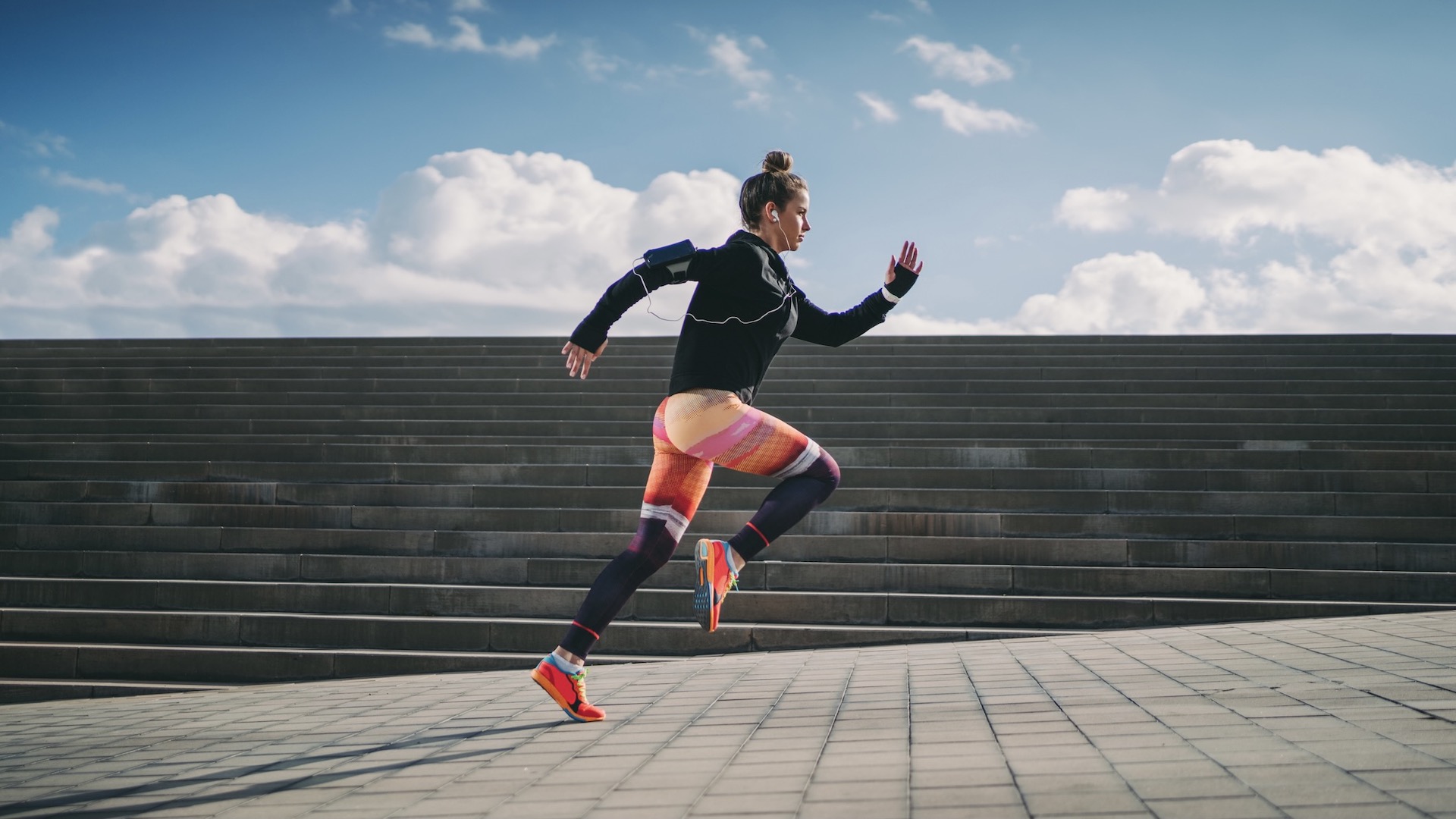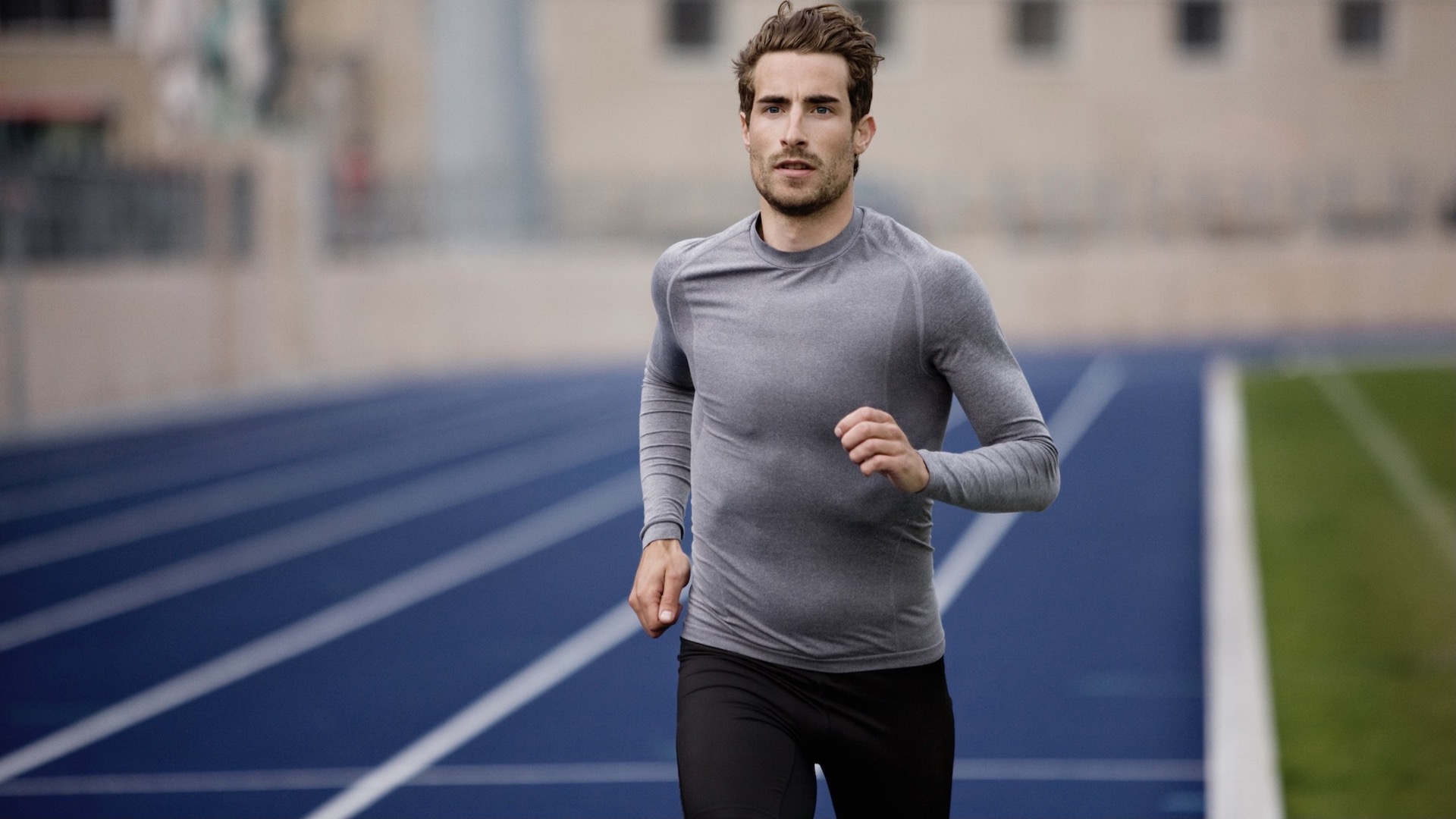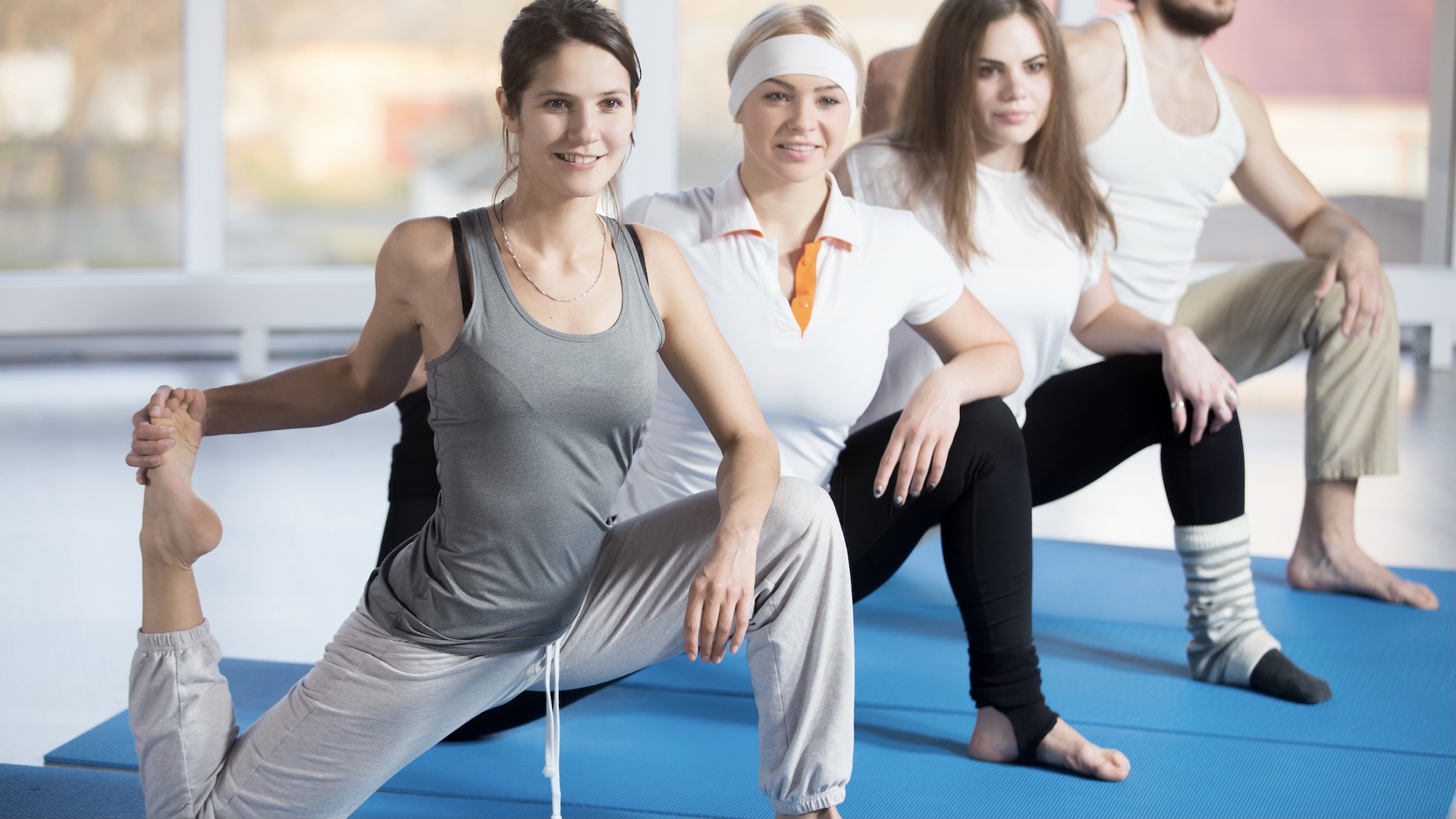5 easy ways to improve your posture when running
Expert guidance and tips for better form to improve your running performance

Good running posture, or form, is important for runners because it is likely to lead to improved running economy – also called running efficiency – and reduced risk of injury from running. If you have a good running posture, you will be able to run further or faster with lower susceptibility to fatigue and muscle pain.
However, running form is very specific to each individual and, as our expert, Tom Davies, who is a coach at PB Performance, says: “Forcibly changing your running posture too much, or changing the wrong thing, can have the opposite effect.”
With this in mind, we have compiled an expert guide to improve your posture when running.
Let’s have a think about posture when running
You might imagine that because walking and running is a natural process for most people that we simply adopt the right position for the most efficient form of movement. However, there are many reasons why we might not actually have the perfect posture.
For example, if you spend a lot of time sat at a desk, you will probably have tight hip flexors and this can cause your walking and running posture to be bent in the middle. When you tire while running, it's natural to bend forward at the hips, too.
Many runners also slump at the shoulders and upper back when they become fatigued.
It could be that your stride or cadence also causes you to have a poor running posture.
All the latest inspiration, tips and guides to help you plan your next Advnture!
In fact, the best running posture is one that allows your body’s muscles to perform most efficiently to propel you forwards. This means you will be properly engaging muscles such as the abs, glutes and hamstrings. In general terms, a more upright position, rather than hunched over, will be better for running performance.
In addition, if you have the right position for running, you’ll allow your lungs to work at their optimum. Having an upright position and with the chest up and facing forwards give your lungs the chance to reach full capacity for breathing in and out.

Pace makes a difference to posture when running
Most runners will have different running postures at different paces and when changing from running on a flat terrain to running uphill. Davies, who is also a professional triathlete with INCUS Performance, explains: “When your speed increases, a number of things are likely to change, including cadence, stride length, ground contact time and vertical oscillation, which is the bouncing motion of your torso as you run.
“How much the biomechanical movement patterns change will vary depending on the athlete. You can measure these stats using a gadget, such as an INCUS NOVA wearable fitness tracker, to see how these are affected by different paces.
“What you normally see is that running form often breaks down as an athlete fatigues, especially with beginner runners. In addition, holding a proper form when running very slowly can also be a challenge.”

Tips for improving your running posture
Davies gives an outline of some of the things to think about when it comes to improving your posture when running.
Head position
Aim for a neutral head position and looking ahead. You don’t want your head to look up or down, nor stick in or out too far.
It can be useful for some people to imagine being pulled upwards by an imaginary string, through the neck and head. Or, think about a balloon floating above the head and pulling your posture upwards.
This often promotes good head position but is also related to loosening the shoulders and keeping them relaxed. The aim is for your shoulders to be generally in a down, and very slightly rearward, position.
Arm position
Endurance running is different to sprinting. For endurance running, your arms are primarily there for balance and to counteract the rotation forces caused by your legs.
Your arms should therefore swing opposite to your legs. What this looks like exactly my vary from person to person, but a bend in the elbows (roughly 90 degrees) should be maintained, while excessive movement should be avoided. Forward propulsion comes from the legs, not the arms.
The arms, shoulders and hands also play a key role in staying relaxed. Tension in any of these areas can lead to discomfort over the duration of a run – and lead to problems elsewhere.
Leg position
For endurance running, the height of the knee drive or the heel kick should not be a key focus for most athletes. These elements naturally change depending on the speed of the runner.
Research generally shows that humans are typically good at self-selecting the optimal in both of these cases.
It's worth noting that professional runners will usually present a high knee drive and heel kick, but this is a consequence of the speeds they are running.

Hip angle
Runners are often told to maintain a slight forward lean. While this is generally recognised as good practice, it is very important that this lean occurs in a straight line from the ankles to the head.
Runners often hinge at the hips to achieve this forward lean, which is detrimental to running form, and can lead to the reductions in running economy and increased injury risk.
You should aim to have an upright position, with hips forwards.
Foot strike
Foot strike is often a key focus. Counter to popular belief, which part of the foot strikes the ground first, is generally not of major concern. The vast majority of elite runners run with a mid or forefoot strike, however, that does not immediately indicate that heel striking should be avoided at all costs.
Forcibly altering foot strike to forefoot striking is likely to result in injury in itself.
Heel-striking rightly receives negative press in some instances and when it is an indication of overstriding. This occurs when the foot lands too far in front of the runner’s centre of mass.
This is typically related to the speed of extension at the hip, but again, the remedy depends on the individual. Often, targeting a slightly higher cadence can help with this.
In the frontal plane, foot placement should be close to, but either side of the centre line. A cross-over gait (stepping over the centre line) can lead to Achilles problems and is sometimes related to foot pronation diagnoses.
In conclusion: how to improve your posture when running
The so-called 'correct' running form varies from person to person – and the path to achieving it is not always the same. Everybody is different and running posture can be a consequence of many factors, including someone’s occupation, for example, whether they spend a lot of time sitting, which usually results in tight hip flexors.
Running form is generally a consequence of muscle tightness/flexibility and muscle strength/weakness. Several good areas to focus on for the vast majority of people are strengthening the gluteus medius and also flexibility and mobility of motion.
- The best trail running shoes: tested for stability and comfort on tough terrain

Fiona Russell is a widely published adventure journalist and blogger, better known as Fiona Outdoors. She is based in Scotland and is an all-round outdoors enthusiast with favorite activities including trail running, mountain walking, mountain biking, road cycling, triathlon and skiing (both downhill and backcountry). Aside from her own adventures, Fiona's biggest aim is to inspire others to enjoy getting outside and exploring, especially through her writing. She is also rarely seen without a running skort! Find out more at Fiona Outdoors.
